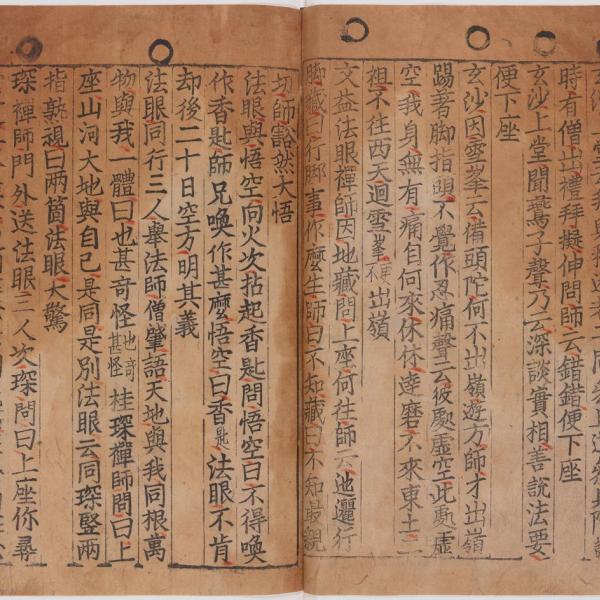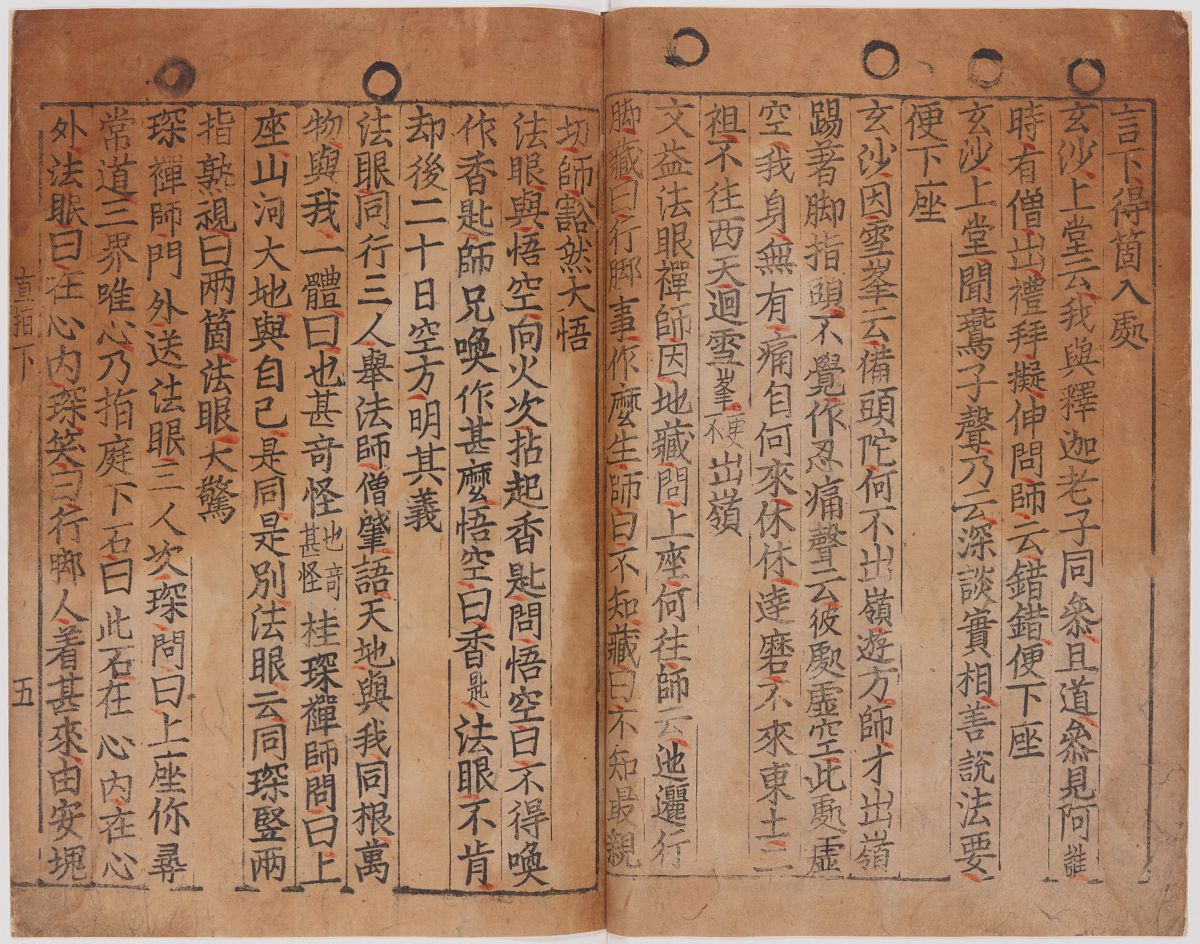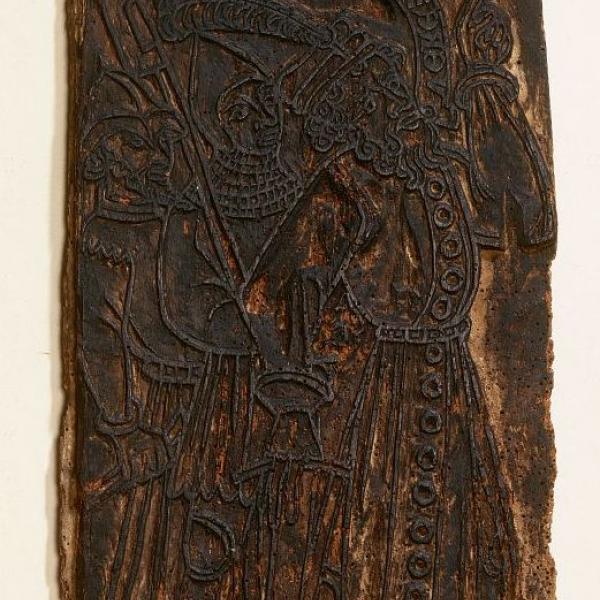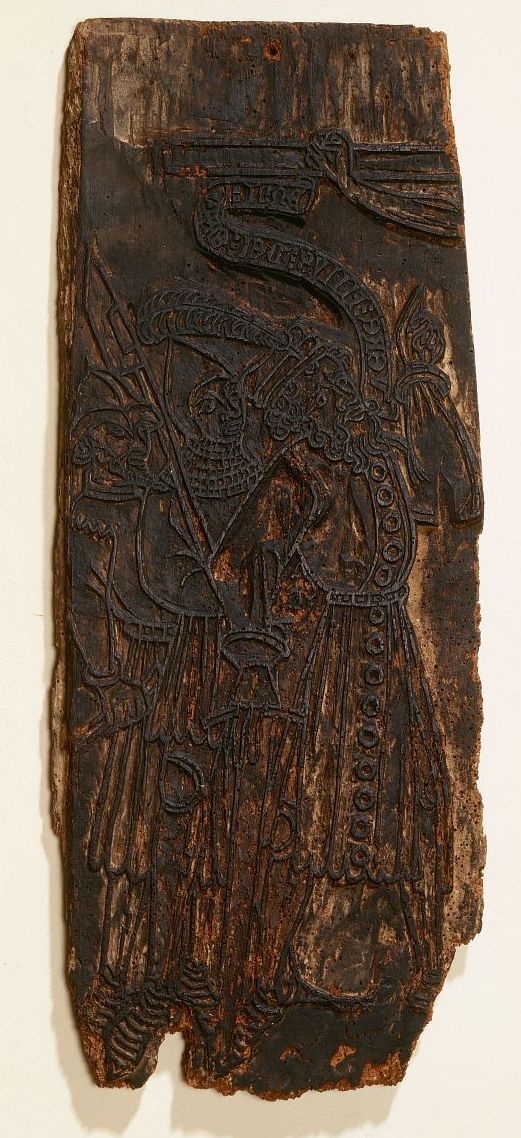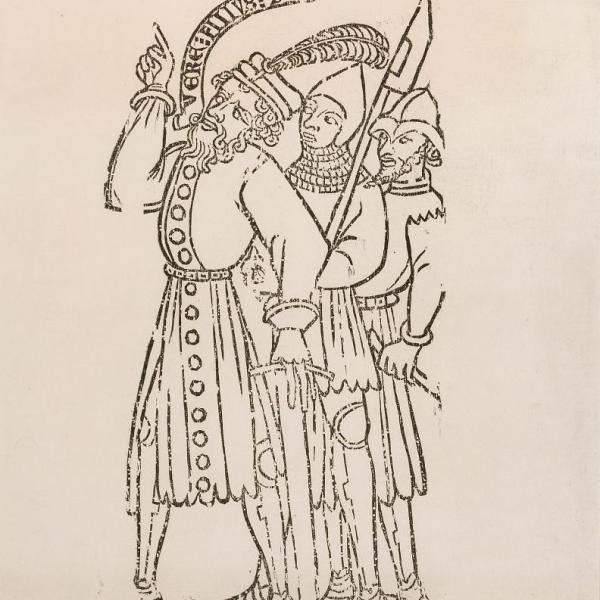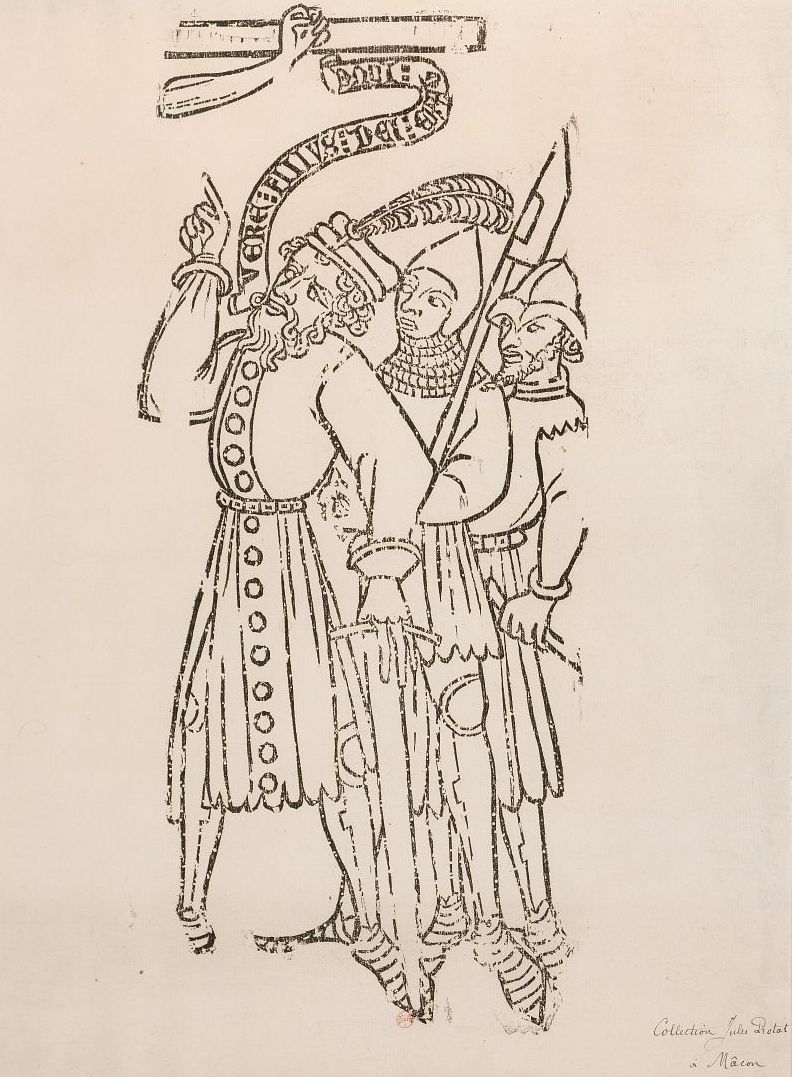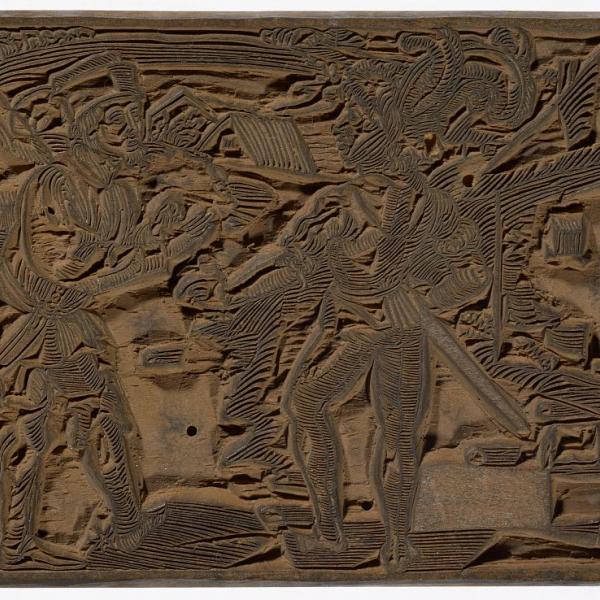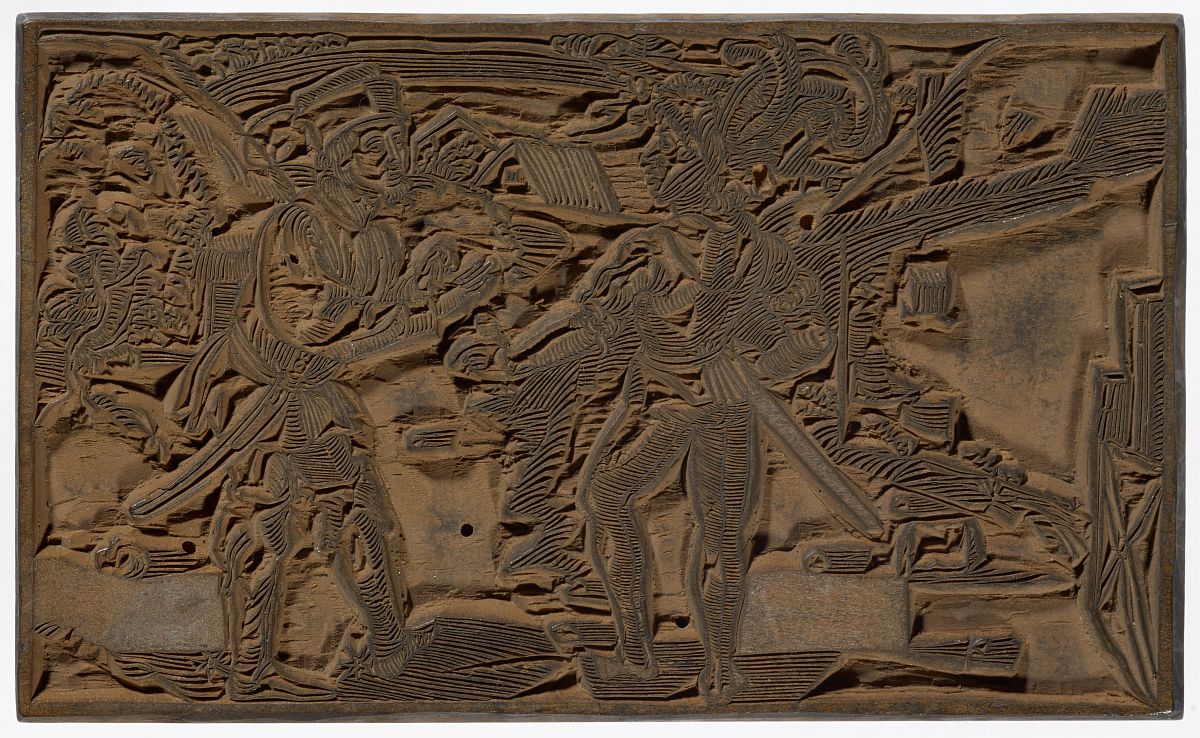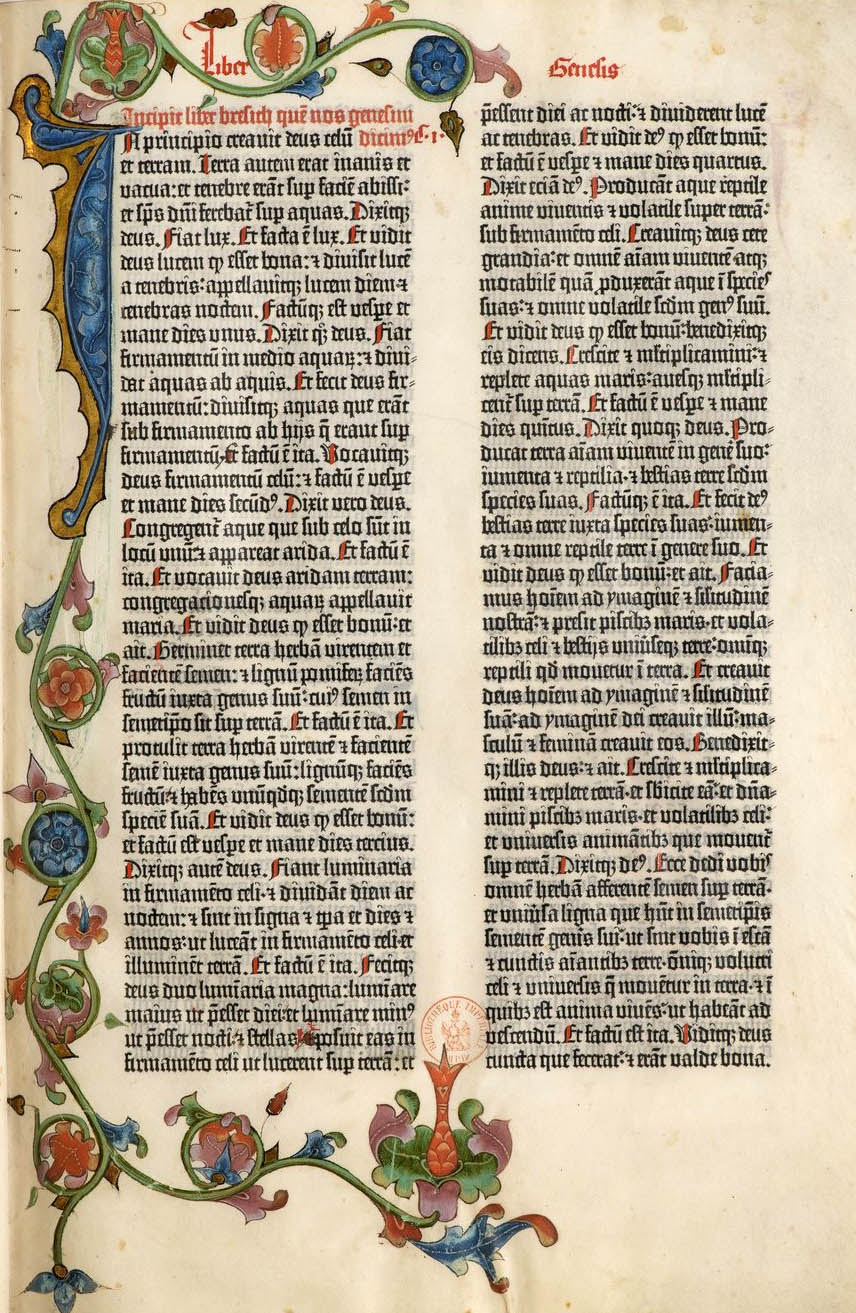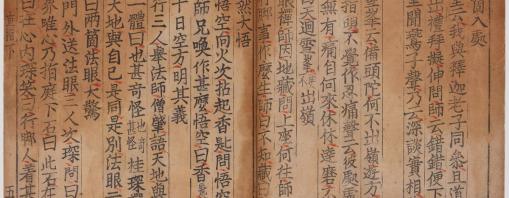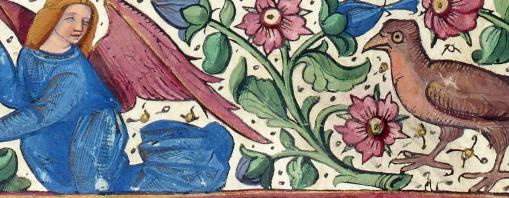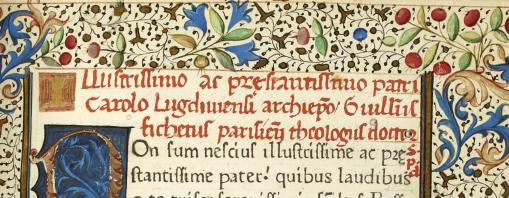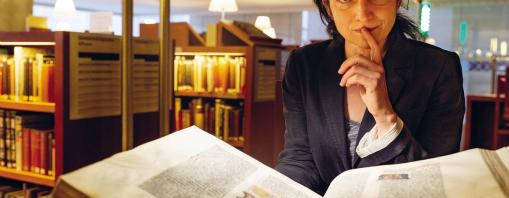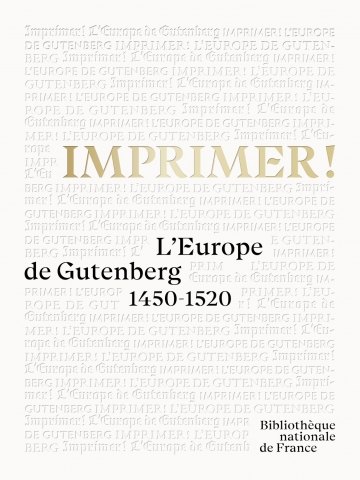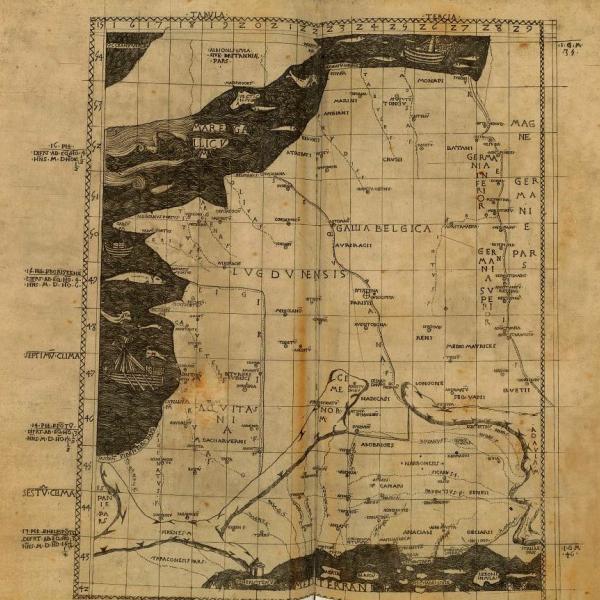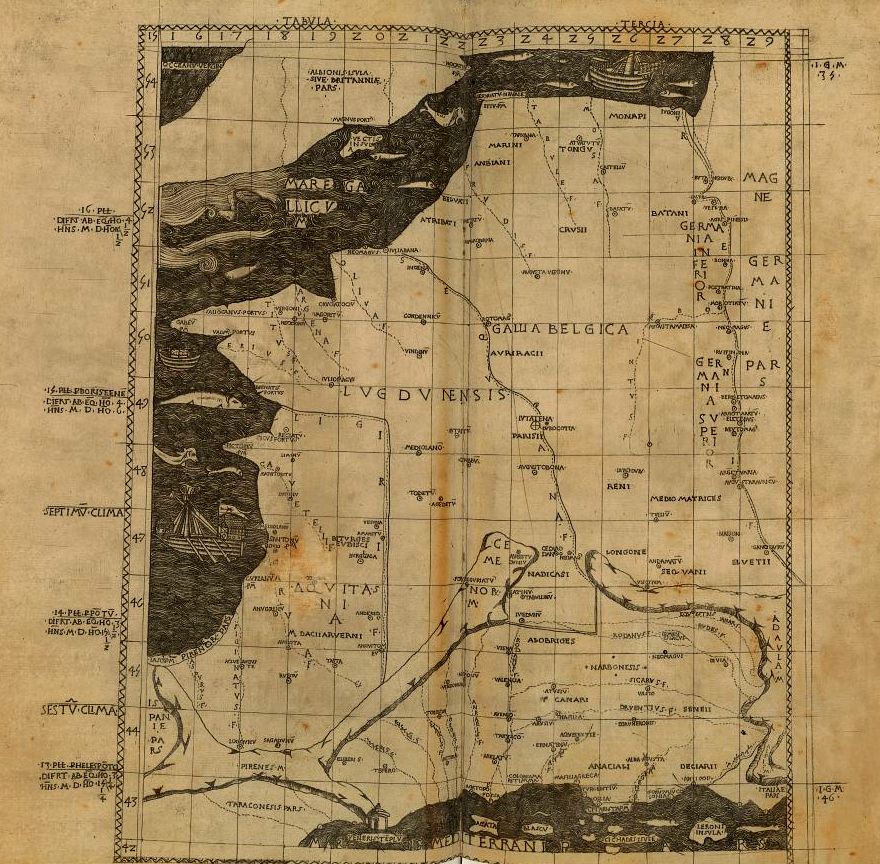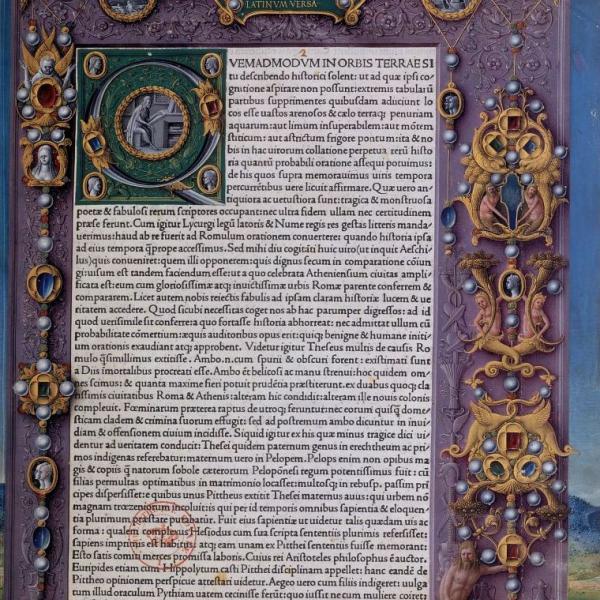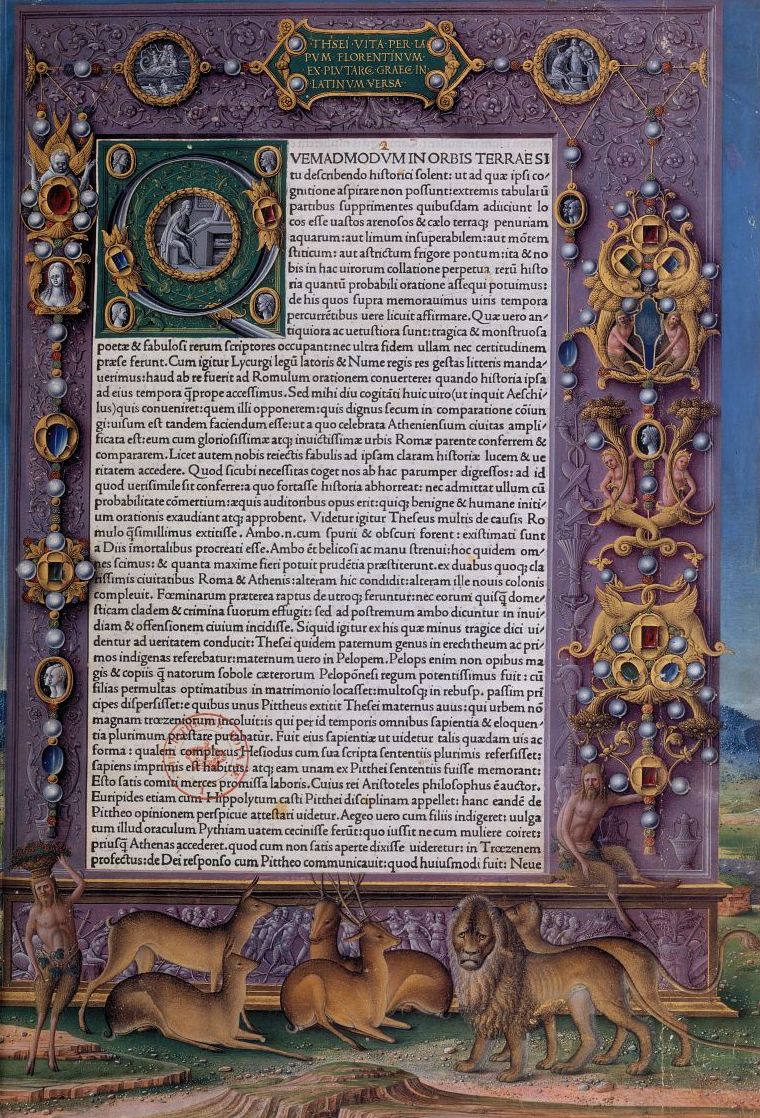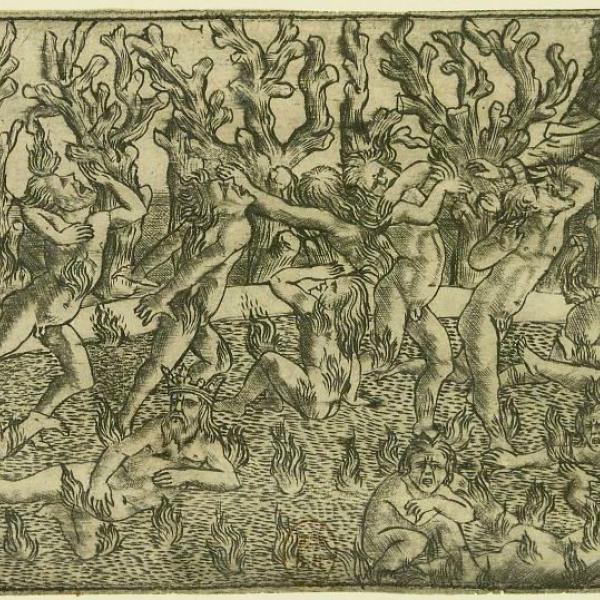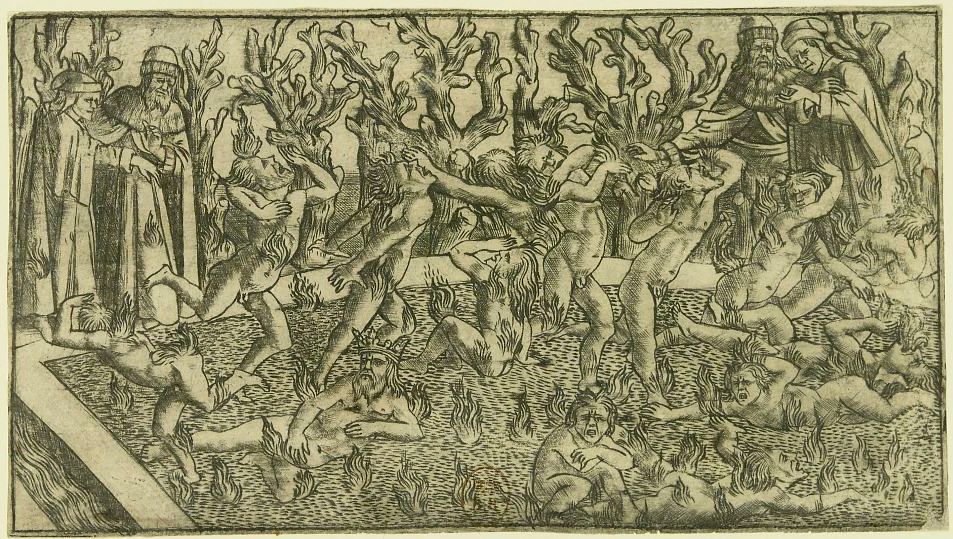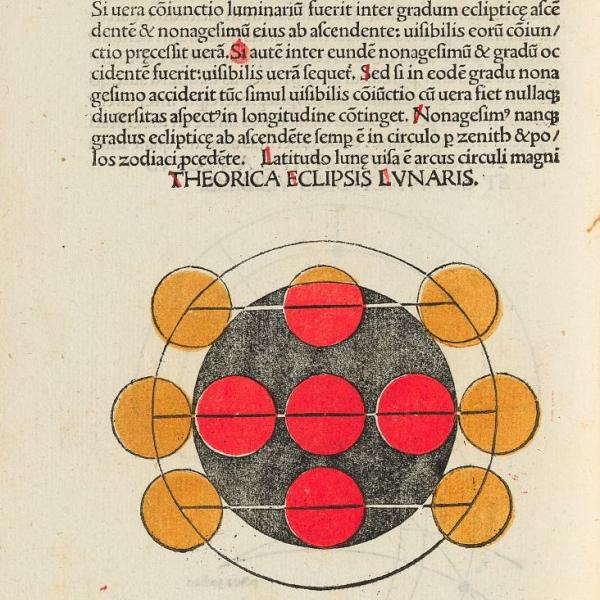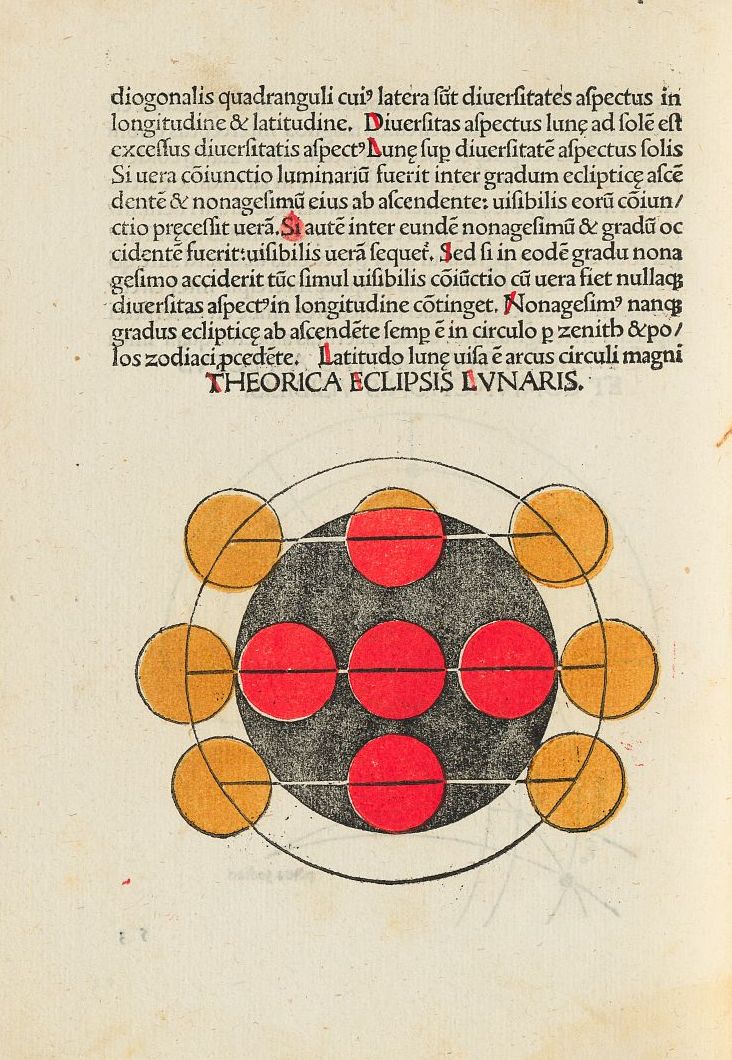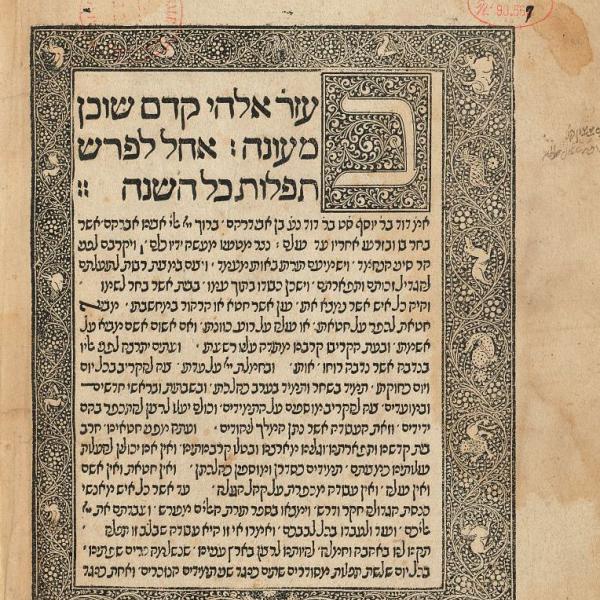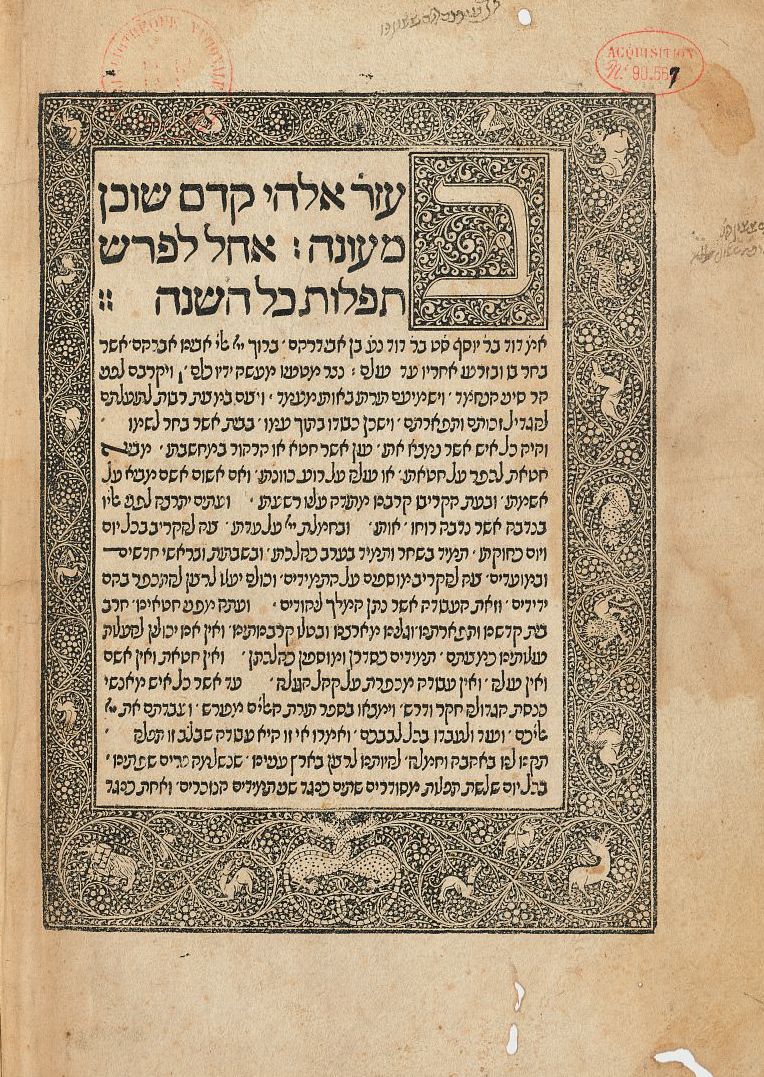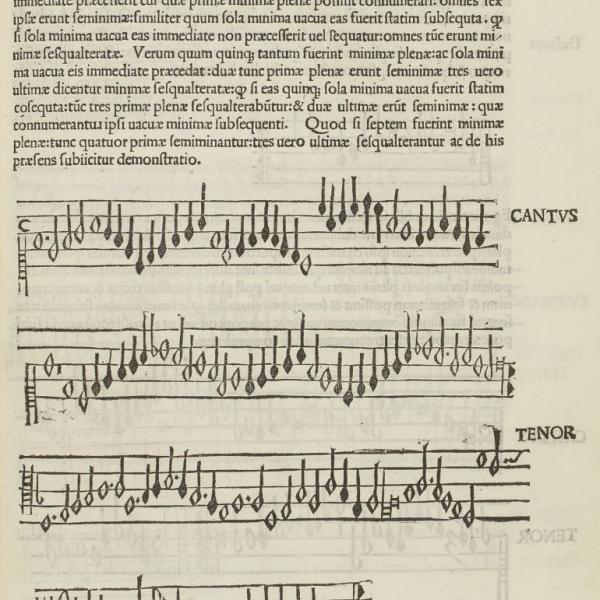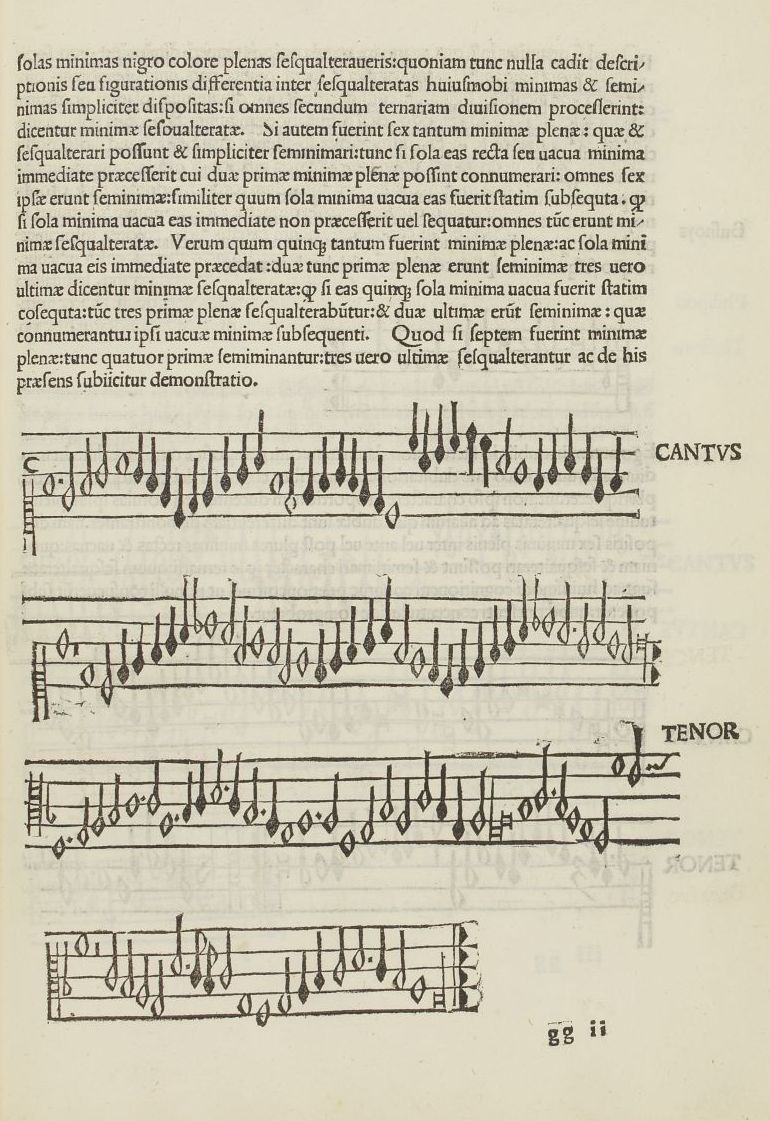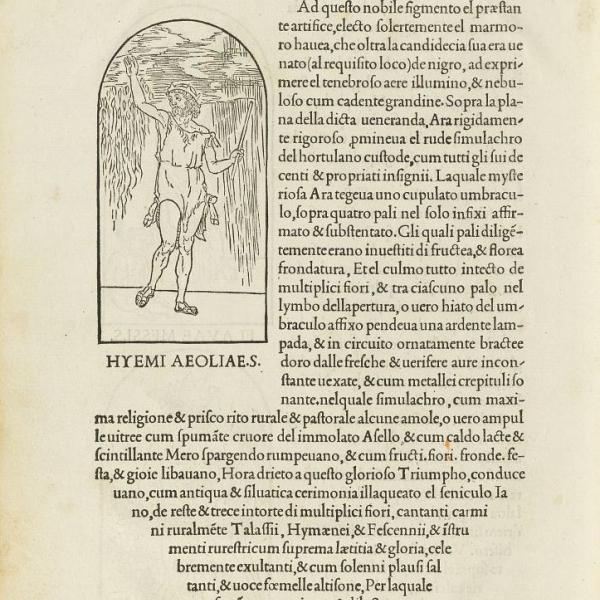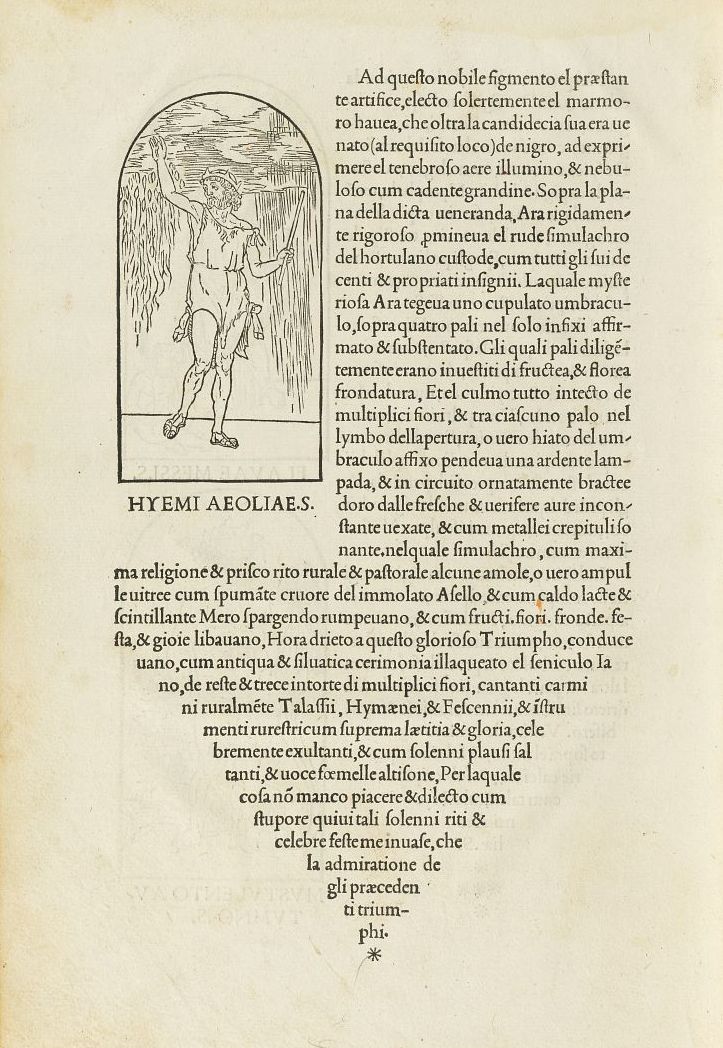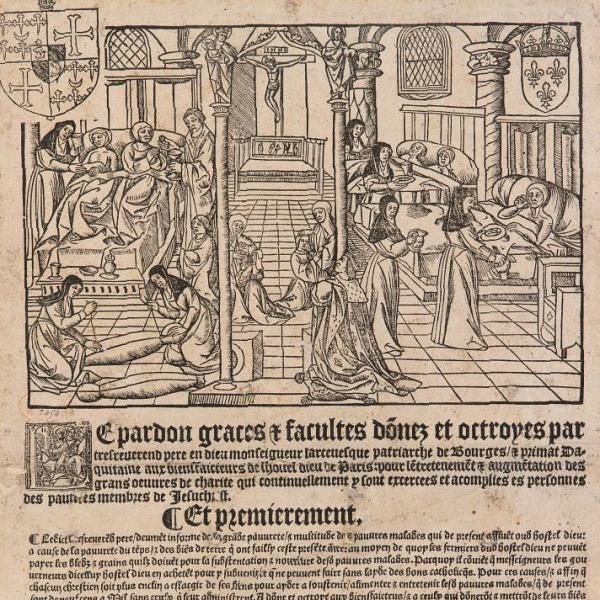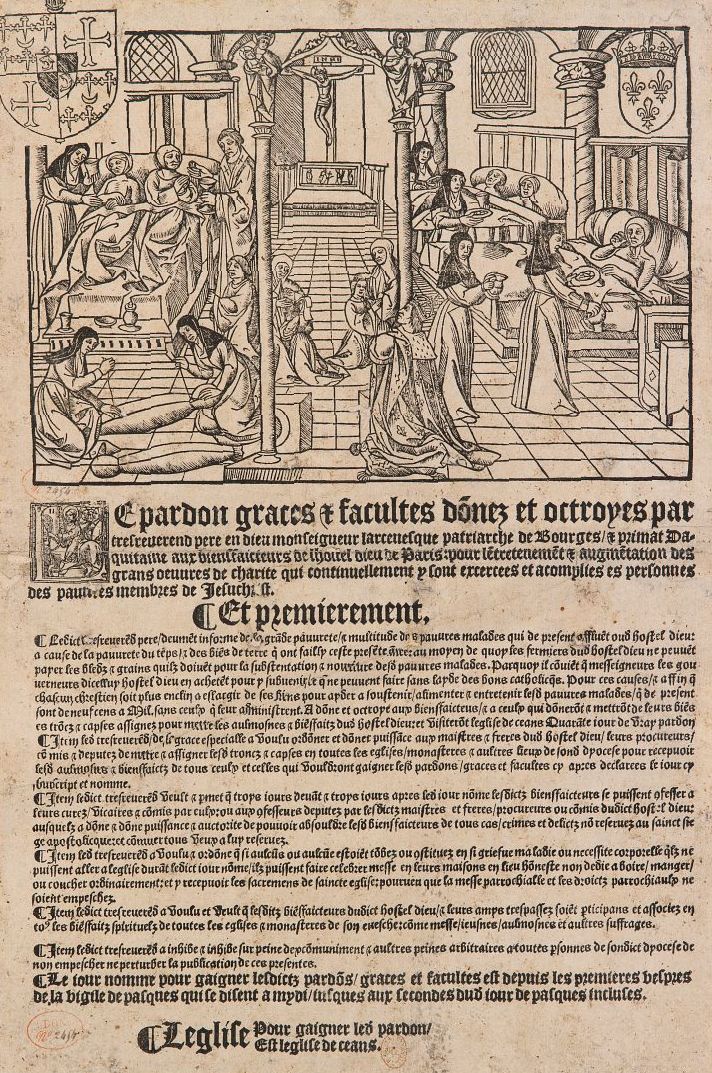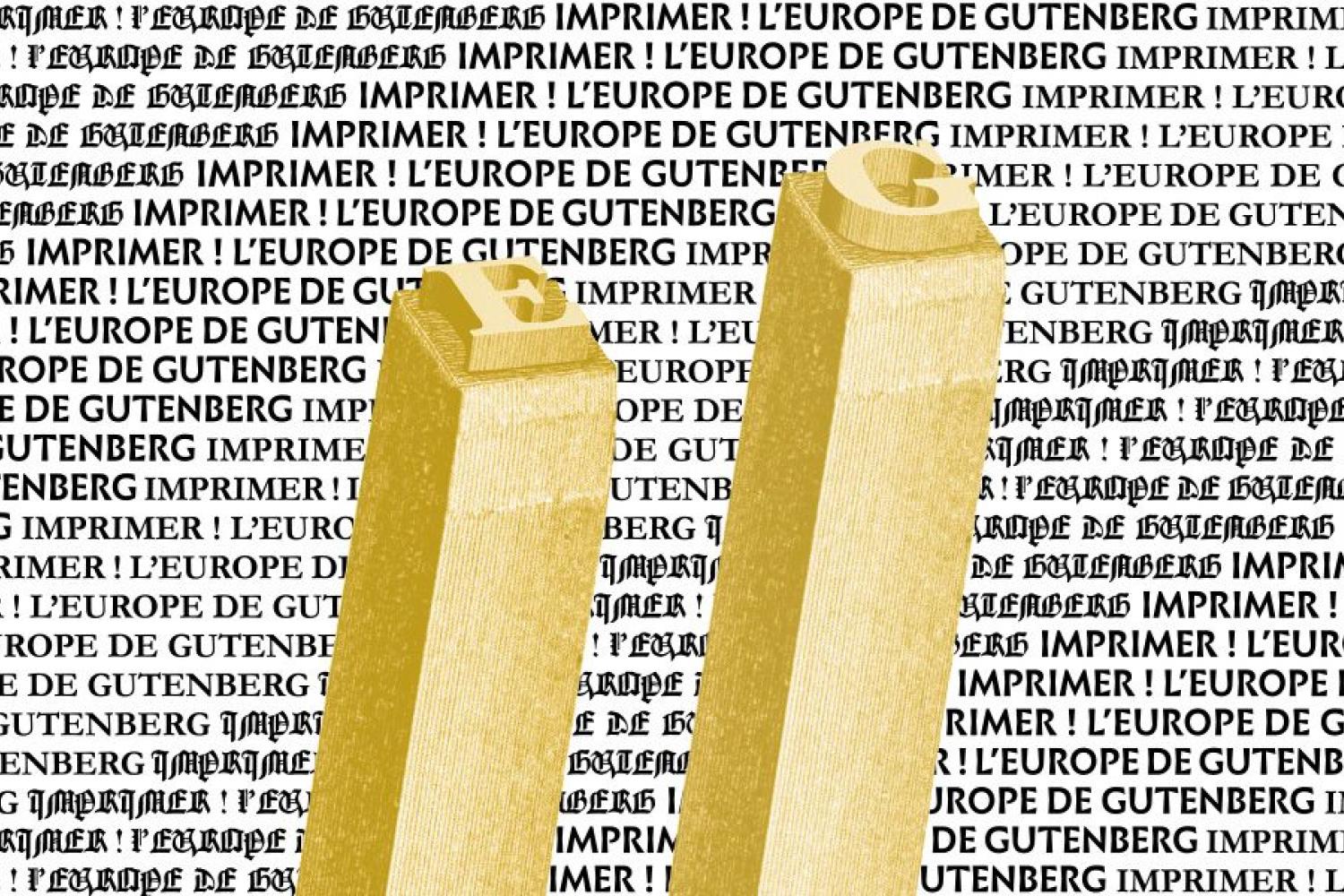
Printing! Gutenberg’s Europe
Imprimer ! L’Europe de Gutenberg
Galerie 2
In the middle of the 15th century, the whole of Europe discovered a technique for reproducing books that would revolutionise their distribution and change access to knowledge: printing. In this exhibition, the Bibliothèque nationale de France (BnF) looks back at this innovation, one of the most significant in human history, by tracing the history of the development of printing and the keys to its success. On this occasion, exceptional pieces from the BnF collections will be presented simultaneously for the first time: the oldest known Western woodcut, the Bois Protat (late 14th or early 15th century), the oldest preserved book in the world printed using metal type, Jikji (Korea, 1377), and the first major European book printed using letterpress: the Gutenberg Bible (Germany, circa 1455).
The exhibition in detail
The exhibition aims to put Gutenberg’s invention into context by pointing out, among other things, that printing methods already existed. In China and Korea, xylography was practised as early as the 8th century, and it is from Korea, with Jikji, that comes from the oldest preserved work printed with movable metal type, similar to the process used in Mainz more than seventy years later. Although Gutenberg was probably unaware of this Korean invention, he was able to look to techniques and practices that also existed in Europe, where it was possible to print and reproduce images from around 1400 onwards using an engraved matrix, first on wood, then on copper.
Päk un hoa sañ c’orok bulco c’ikc’i simc’e yocol (Jik ji) Engraved wood known as “Bois Protat” Modern printing of the “Bois Protat” (early 20th c.) Relief-engraved pearwood attributed to Albrecht Dürer
The need for multiple copies in order to allow for wide distribution was also a problem that occupied the metal craftsmen with whom Gutenberg spent time during his stay in Strasbourg. His innovation was not only to combine three pre-existing techniques in the metal and graphic arts – coining, casting and transfer printing – but also to apply it to a work of unprecedented textual scope spanning nearly 1,300 pages – the Bible – with the immediate aim of putting a large number of copies on the market; more than 150 according to the accounts of the time.
In Gutenberg’s wake, printers, humanists and artists took up his process, resulting in an unprecedented burst of experimentation. The rapid development of the letterpress also guaranteed 15th century printers a high level of efficiency.
With nearly 270 items, witnesses of this trial and error and technical experiments, the exhibition aims to show the prowess and progress made possible by this innovation by following the process of book production, from the printer’s workshop to the bookseller’s stall, and from the craftsman to the reader, highlighting its collective dimension. The letterpress workshops of the 15th century were genuine laboratories of experimentation, making it possible to overcome certain technical difficulties and encouraging the spread of printing processes throughout Europe. These techniques will be presented and explained in a space dedicated to the printer’s workshop, organised around an exceptional press on loan from the Gutenberg Museum in Mainz.
The BnF holds two copies of the Gutenberg Bible which will be exhibited side by side for the first time. One, in an exceptional state of preservation, is printed on parchment, sumptuously painted and illuminated in the region of Mainz itself. The other, printed on paper, is more modestly rubricated and decorated. It has a handwritten note dated 1456, which makes it one of the few period sources that can be used to determine the date of production of the book. Both carry valuable clues to the early development of Western typography and are therefore world famous.
Both copies were acquired by the BnF through the more or less direct intervention of the same man, the Lorraine Benedictine Jean-Baptiste Maugérard (1735-1815), in 1787 and again in 1792. Maugérard was a bibliographer involved in the book trade at a time when the bibliophile market was taking shape. Aware of the value of early printed books, he visited the monasteries of the Rhine region in search of rarities to acquire and then offer them to wealthy collectors. He was probably the first to publish the saying “Gutenberg Bible” in a scientific contribution in 1789, when the anonymous nature of the work made it difficult to identify. As such, a myth was born, and this myth still tends to overshadow the other printers who, after Gutenberg, have largely contributed to the improvement of the technique and to the establishment of the modern book.
Printers were quickly confronted with a variety of technical challenges: perfecting the press and typefaces, page layout, printing non-Latin typography (Greek and Hebrew in particular), music, inserting illustrations and producing both text and images in colour. The exhibition explores responses to these challenges, some of which would be short-lived, others of which would last a long time. The exhibition focuses particularly on the challenges of print illustration, a technique that enabled books to be made more attractive and understandable. Several avenues were explored and specialised centres such as Venice, Basel and Nuremberg soon emerged. Artists also took up this new field of production, such as Albrecht Dürer who, in the last years of the 15th century, revolutionised the art of the illustrated book by publishing the Apocalypse in which the primacy is given to the image, presented on the recto, while the text is relegated to the verso.
Although the first printed books remained very close to the manuscript tradition, technical innovation gradually led to formal innovation and the new medium gave rise to new markets and new products in a new relationship with the present time. At the beginning of the 16th century, the book lost its medieval characteristics and gradually took on its modern form: a small-format book with a title page, increasingly in the vernacular. A new book market was established. Booksellers developed commercial strategies to make a name for themselves in order to better distribute their goods and sell their stock. A wider readership was gradually won over. Finally, the socio-cultural phenomena of humanism and the Reformation spread massively and rapidly owing to this medium.
Curation
- Nathalie Coilly, Curator, Rare Books Reserve, BnF
- Caroline Vrand, Curator, Department of Prints and Photography, BnF
Useful information

Due to the Vigipirate plan, only the East Entrance to the site is accessible.
Opening times

Tuesday, Wednesday, Thursday, Friday, Saturday:
10 a.m. - 7 p.m.
Sunday:
1 p.m. - 7 p.m.
Closed on Mondays and bank holidays. Last admission one hour before the exhibition closes.
Access

Bibliothèque François-Mitterrand – Galerie 2
Quai François Mauriac,
75706 Paris Cedex 13
Rates
Imprimer !
49 €, 260 p, 180 illustrations, 22,5 × 30 cm
Released on April, 6th 2023
Gallery
Claudius Ptolemy, Cosmographia (1477 or 1462) Plutarch (c. 46-125) Vitae Illustiurm Virorum (1478) DDante and Virgil in the presence of the damned burnt by a rain of fire (c. 1481-1487) Johannes de Sacro Bosco, Sphaera mundi (1485) David ben Joseph Abudraham, Perûs seder hat-tefillôt (1489) Franchino Gafori, Practica musicae (1497) Francesco Colonna, Hypnerotomachia Poliphili (1499) Letters of indulgence granted by the archbishop of Bourges to the benefactors of the Hôtel-Dieu de Paris (1520-1525)



